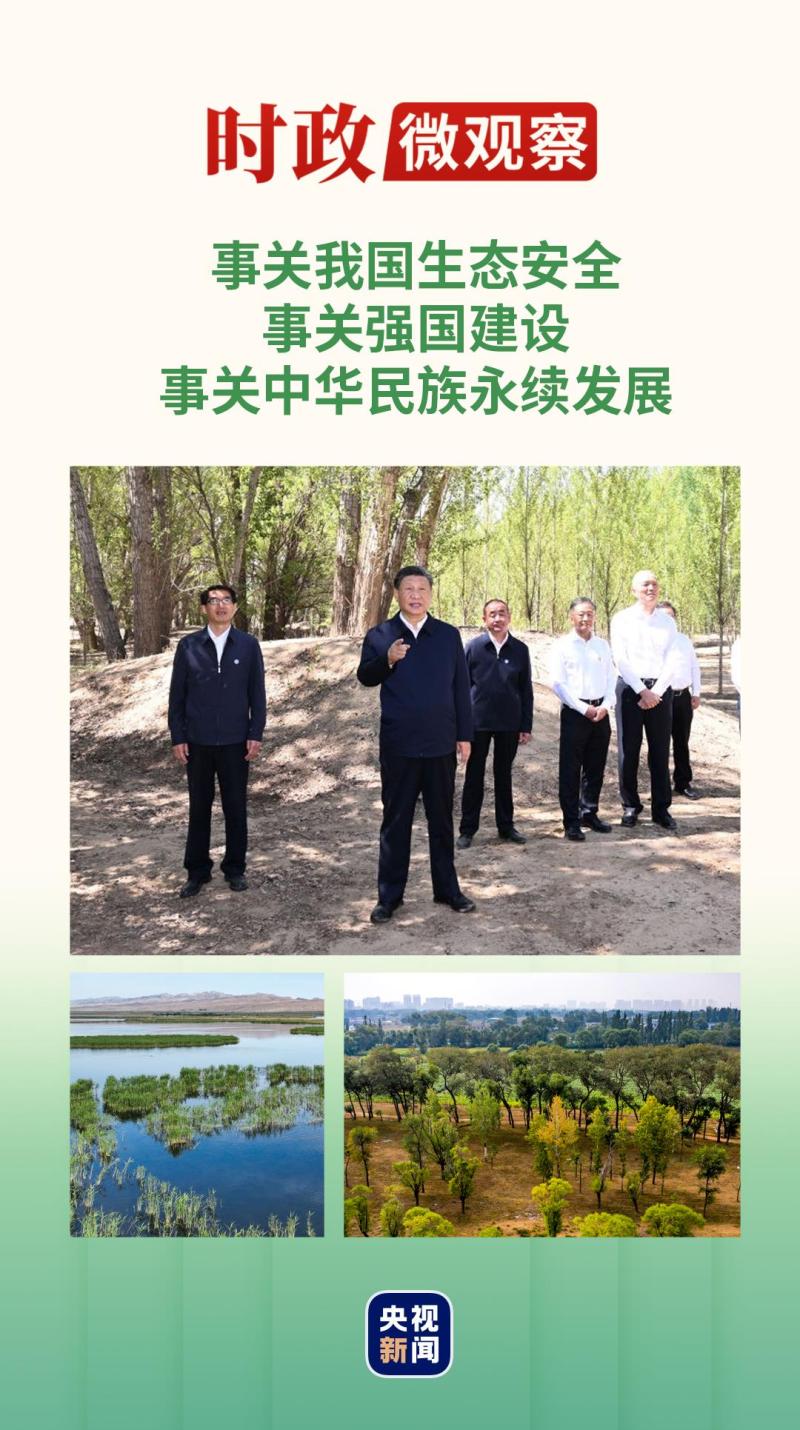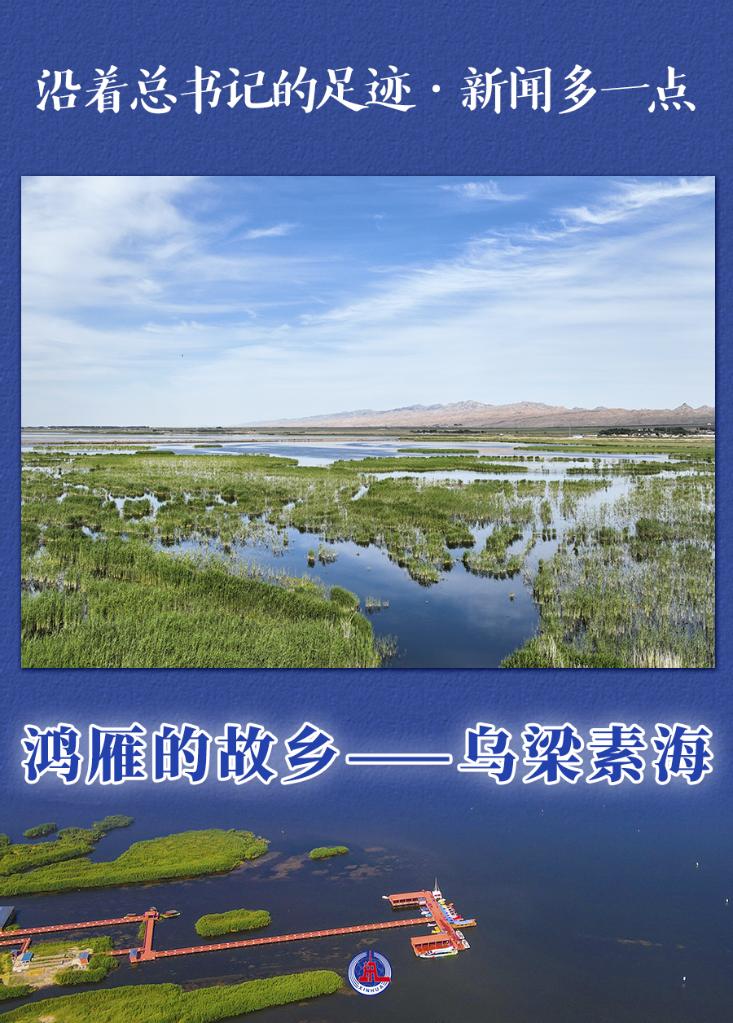Inheriting the "Cultural River" Well, People's Daily Online Comment: Protecting Cultural Factors
Running from north to south, connecting the past and the present. A Grand Canal is half of China's history. The Grand Canal, with a total length of nearly 3,200 kilometers and a history of 2,500 years, is the longest and largest canal in the world. This world wonder belonging to China still nourishes the natural resources, economic resources, economic and social development and prosperity of the areas along the river, and benefits the lives of the people along the river. On June 22, 2014, at the 38th World Heritage Conference, the Grand Canal of China was officially included in the World Heritage List. The protection, inheritance and utilization of the Grand Canal have opened a new chapter and embarked on a new journey.
We should build a green foundation and protect and build an "ecological river". Green waters and green mountains are as valuable as gold and silver. A good ecological environment is the foundation of a good life for the people. Over the past decade, the areas along the Grand Canal have worked together to protect the clear water of the "Grand Canal". Beijing has coordinated the "water protection" and made every effort to build an "ecological river", focusing on river management and ecological restoration; Yangzhou has shut down a chemical plant that "can pay more than 200 million yuan in taxes each year" to protect the ecology of the Grand Canal, and invested more than 600 million yuan to improve the water ecological environment in Jiangdu South District, improve the municipal drainage network, manage the river, and reshape the landscape; Henan has established a heritage archive and monitoring system to keep abreast of the water quality, water quantity, and environment of the Grand Canal; Hangzhou has issued the "Hangzhou Grand Canal World Cultural Heritage Protection Regulations", explored new ways to make the Grand Canal clean and clean through local legislation, and vigorously implemented the comprehensive protection project of the canal... Today, clear water, green banks, and beautiful scenery have become the unique scenery of the Grand Canal.
Protect cultural factors and pass on the "Cultural River". The Grand Canal, a river that has existed for thousands of years, connects the six core areas of Chinese civilization, including Yanzhao, Beijing-Tianjin, Qilu, Central Plains, Huaiyang, and Wuyue. It can be said that the Grand Canal is a flowing "Cultural River". Over the past decade, various places along the coast have attached importance to the protection and inheritance of the Grand Canal culture. Many places have worked together to build the Grand Canal Cultural Belt and the Grand Canal National Cultural Park to protect and inherit the cultural heritage of the Grand Canal.
Yangzhou will designate June 22 of each year as the "Yangzhou Grand Canal Cultural Heritage Day", systematically promote the protection and restoration of famous cities and towns along the canal, focus on the 18.25 square kilometers of Yangzhou Ancient City, and implement "micro-renewal" according to local conditions. Shandong has built the "Grand Canal Historical and Cultural Corridor" and completed a number of highlight projects for the protection and utilization of cultural heritage. Zhejiang has issued the "Zhejiang Grand Canal World Cultural Heritage Protection Regulations" and other documents, focusing on the revitalization and utilization of cultural and industrial relics along the canal; Suzhou has built the "Ten Scenic Spots of the Canal" and other multi-dimensional displays of Suzhou's canal culture. Beijing has incorporated the construction of the Grand Canal Cultural Belt into the overall framework of the construction of the National Cultural Center and promoted it as a whole... In addition, a large number of Grand Canal theme museums such as the Sui and Tang Grand Canal Cultural Museum, the Hangzhou Beijing-Hangzhou Grand Canal Museum, the Yangzhou China Grand Canal Museum, and the Beijing Grand Canal Museum have been built and opened to systematically spread and inherit the Grand Canal culture.
Cultural tourism and leisure ride the wind and waves and share the "Happy River". The integration of culture and tourism and high-quality services allow people to share the happy fruits of the development of the Grand Canal. Beijing has built and opened "three major cultural facilities" including the Grand Canal Museum, which has quickly become a new cultural landmark in Beijing and a popular check-in spot for citizens. Tianjin has built a number of cultural parks with the Grand Canal as the main theme, and citizens can enjoy the convenience of sightseeing. The Yangzhou China Grand Canal Museum is popular among young people, and practices such as "interactive" and "immersive" experience enhance the charm of cultural tourism and the popularity of "IP". Zhejiang supports the deep integration of the construction of the Grand Canal National Cultural Park with the Internet, technology, finance, etc., develops cultural and creative industries such as digital creativity, and integrates the development of green shipping, health and leisure, commerce, culture and tourism and other industries. The various "additions" launched by various places around the Grand Canal focus on expanding leisure and tourism space, activating new momentum for the development of cultural industries, and promoting the protection, inheritance and utilization of the Grand Canal and the resonance of enhancing people's livelihood and happiness.
The Grand Canal is a precious heritage left to us by our ancestors and a flowing culture. We must protect, inherit and utilize it in a coordinated manner. In the blink of an eye, the ancient river has been reborn. Looking to the future, the people along the coast will work together and continue to write stories of coexistence, integration and prosperity with the river with diligence and wisdom. Let the Grand Canal continue to shine with a new look of the times and be full of vitality and vigor.
People's Daily Online Review: China's Grand Canal inherits the charm of thousands of years of culture
People's Daily Online Comment: Let the ancient Grand Canal take on a new look of the times





